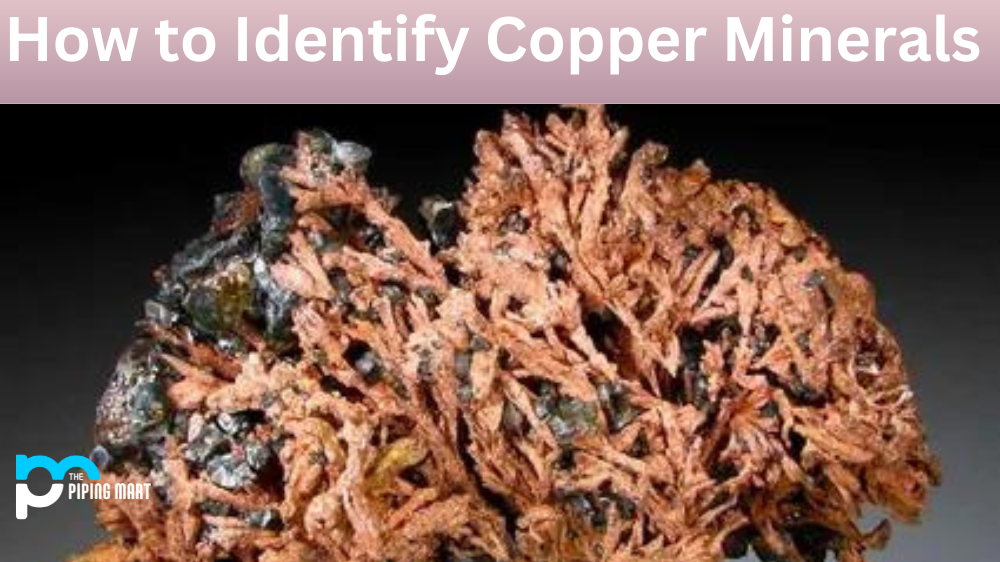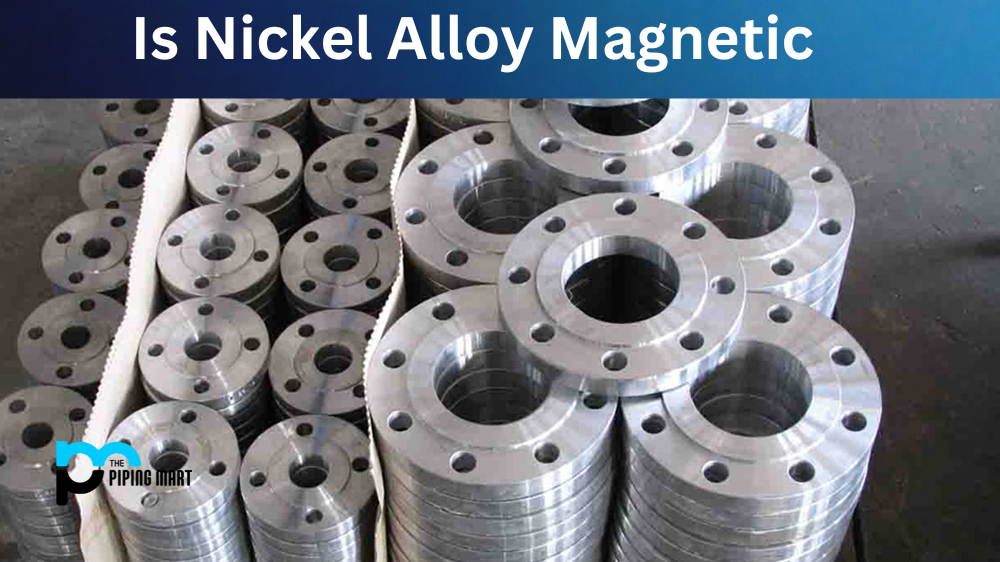Copper is a common mineral found in many rocks and ores. It has many uses, including electrical wiring and jewelry-making, which means correctly identifying copper minerals is important. This article will give you a basic overview of the ways to identify copper minerals.
Physical Properties of Copper Minerals
The first step to identifying copper minerals is to look for physical properties that are unique to copper minerals. These include color, luster, streak, hardness, crystal form, and cleavage. Copper minerals tend to have brassy yellow colors when fresh. However, they can oxidize over time, changing their color from greenish to black or gray. When scratched on an unglazed porcelain plate, they have a metallic luster and an earthy or dull streak. The Mohs scale of mineral hardness rates copper at 3-4 on the scale. They typically form cubic or octahedral crystals with good cleavage in three directions parallel to the faces of a cube.
Chemical Tests for Copper Minerals
Another way to identify copper minerals is through chemical tests that involve analyzing the sample’s composition. This involves using an acid test kit with nitric acid and hydrochloric acid solutions and other reagents such as sodium hydroxide or potassium permanganate solution. The reactions between these acids and reagents provide clues about what type of mineral it is by changing its color or producing gas bubbles when mixed with the tested sample material.
Spectroscopic Analysis of Copper Minerals
The spectroscopic analysis uses light spectra that reflect light off the sample material to determine its composition. This method can be used for qualitative and quantitative analysis since it provides information about the atomic structure of a substance based on how it interacts with light waves. By comparing these spectra with reference spectra from known samples, scientists can accurately identify unknown samples as belonging to certain elements or compounds, including copper minerals such as chalcopyrite and malachite.
Conclusion:
Identifying copper minerals can be done through visual inspection by looking for specific physical properties like color, crystal form, and luster as well as chemical tests using acid kits and reagents along with spectroscopic analysis involving light wave interactions with the sample material being tested. With this knowledge, you should now be able to identify different types of copper minerals properly!

Abhishek is a seasoned blogger and industry expert, sharing his insights and knowledge on various topics. With his research, Abhishek offers valuable insights and tips for professionals and enthusiasts. Follow him for expert advice on the latest trends and developments in the metal industry.




